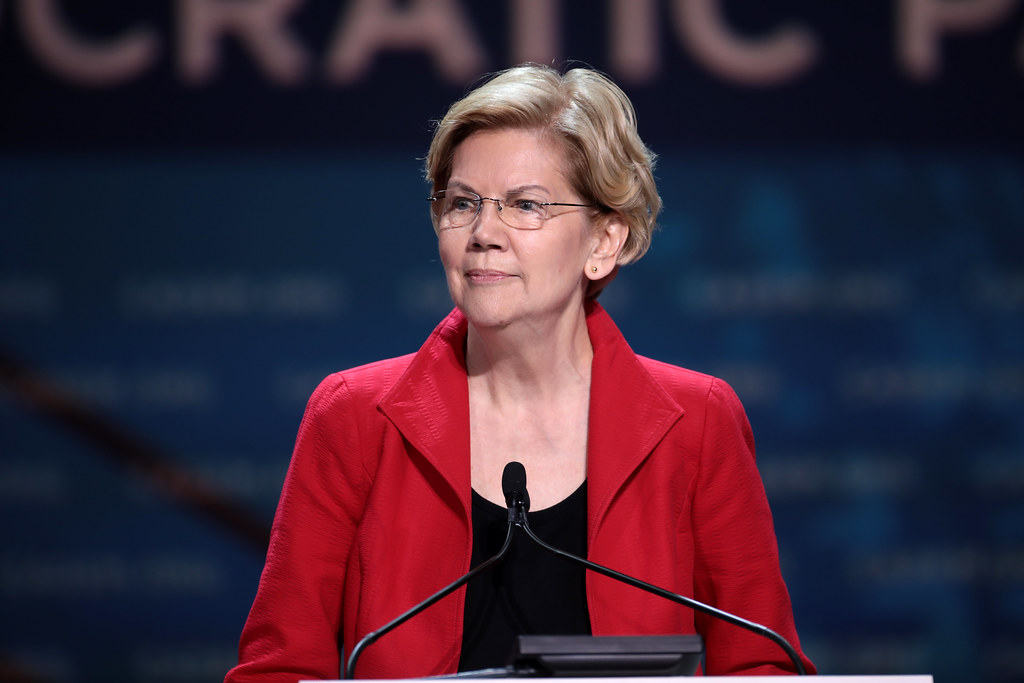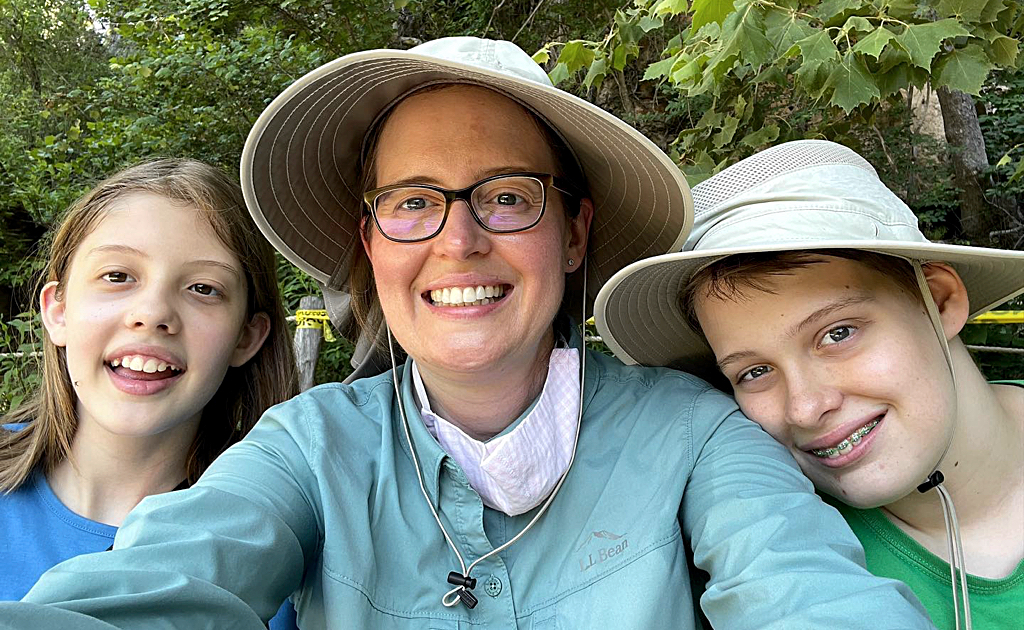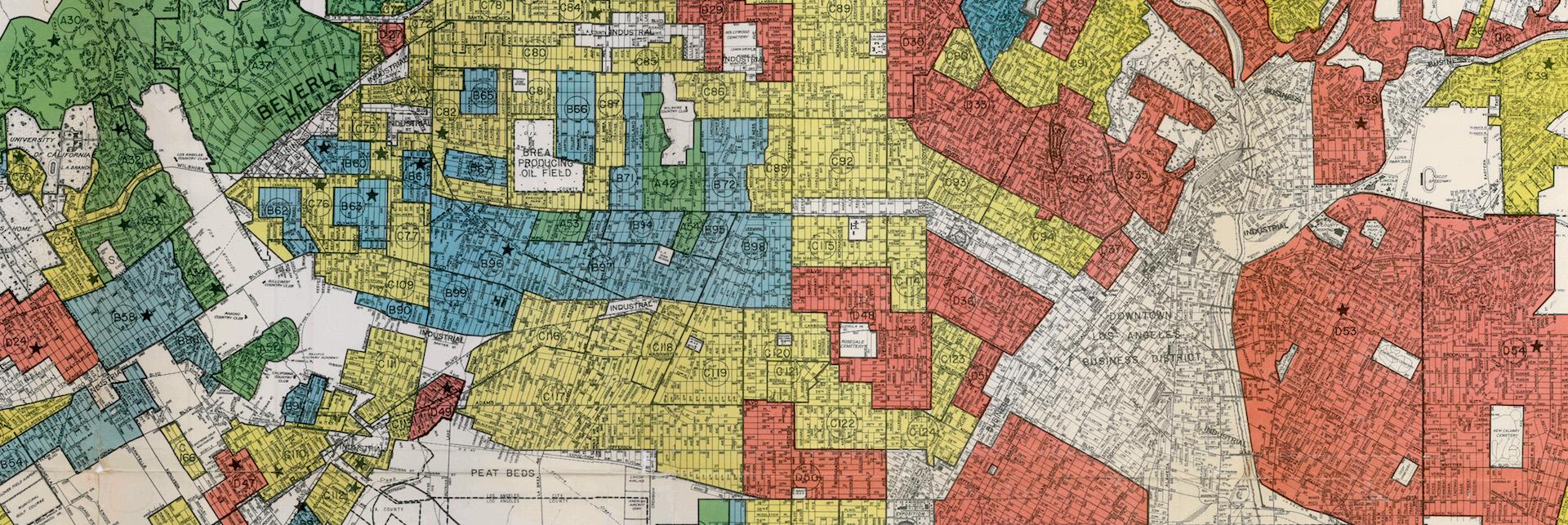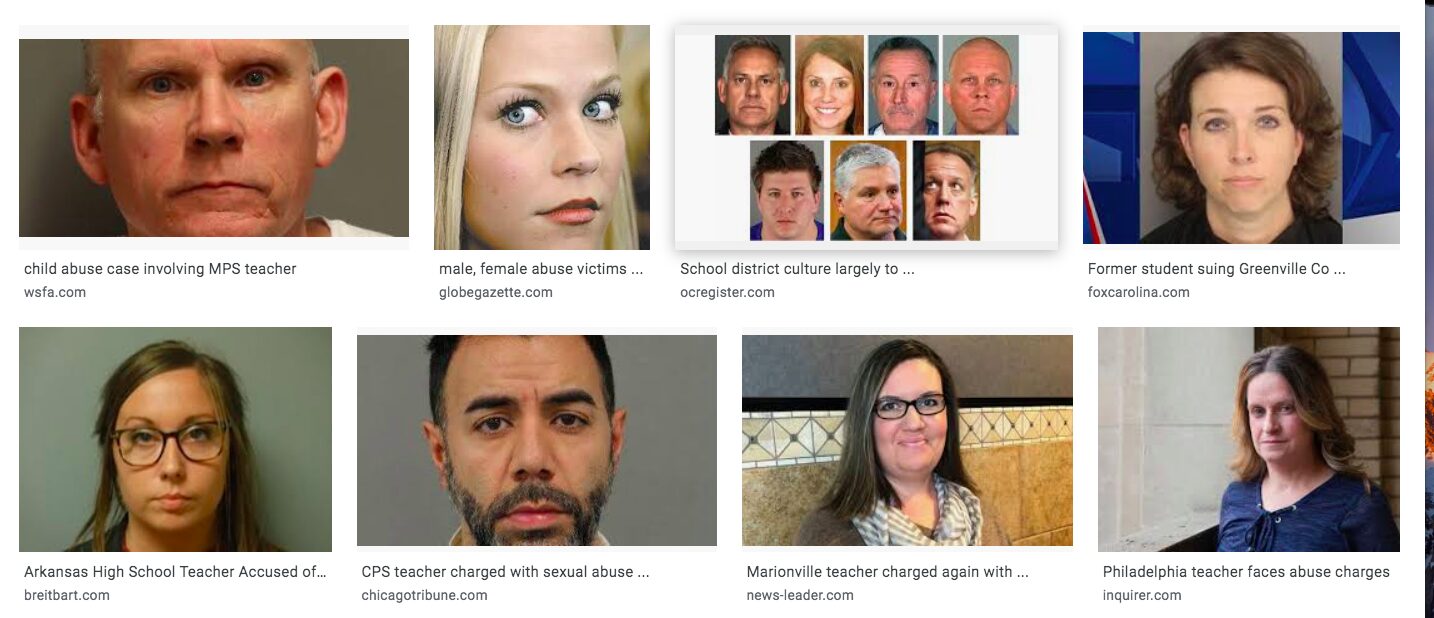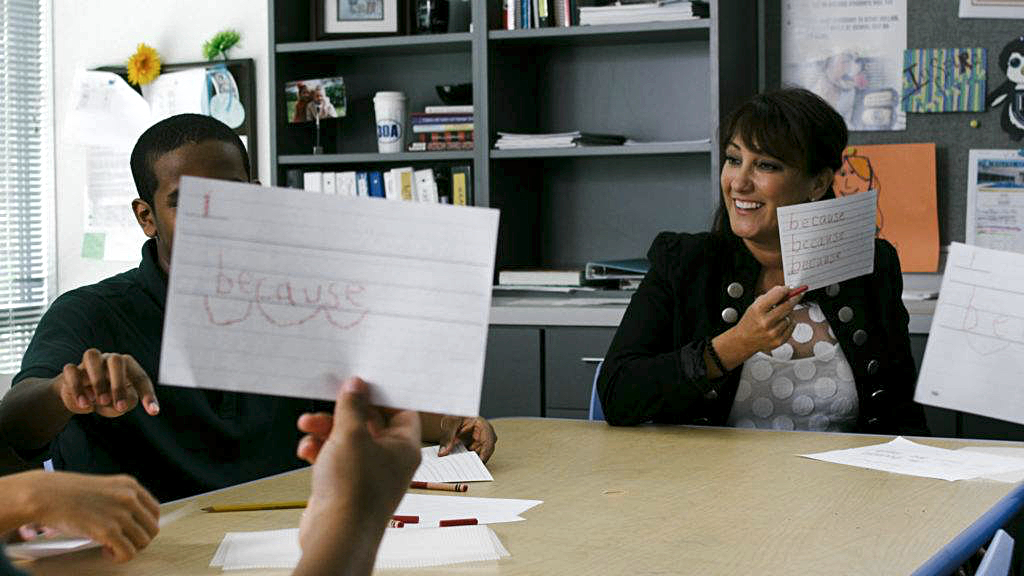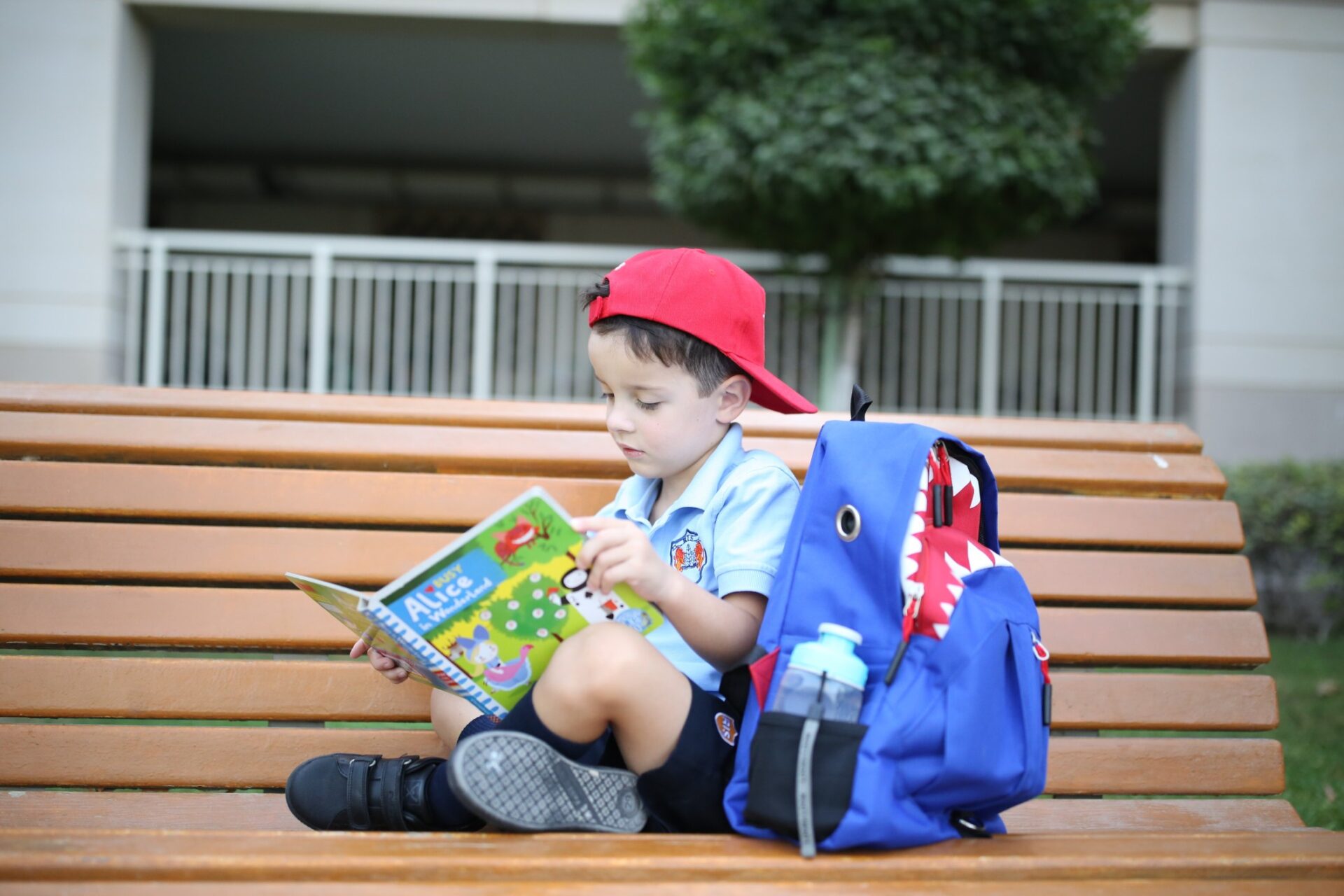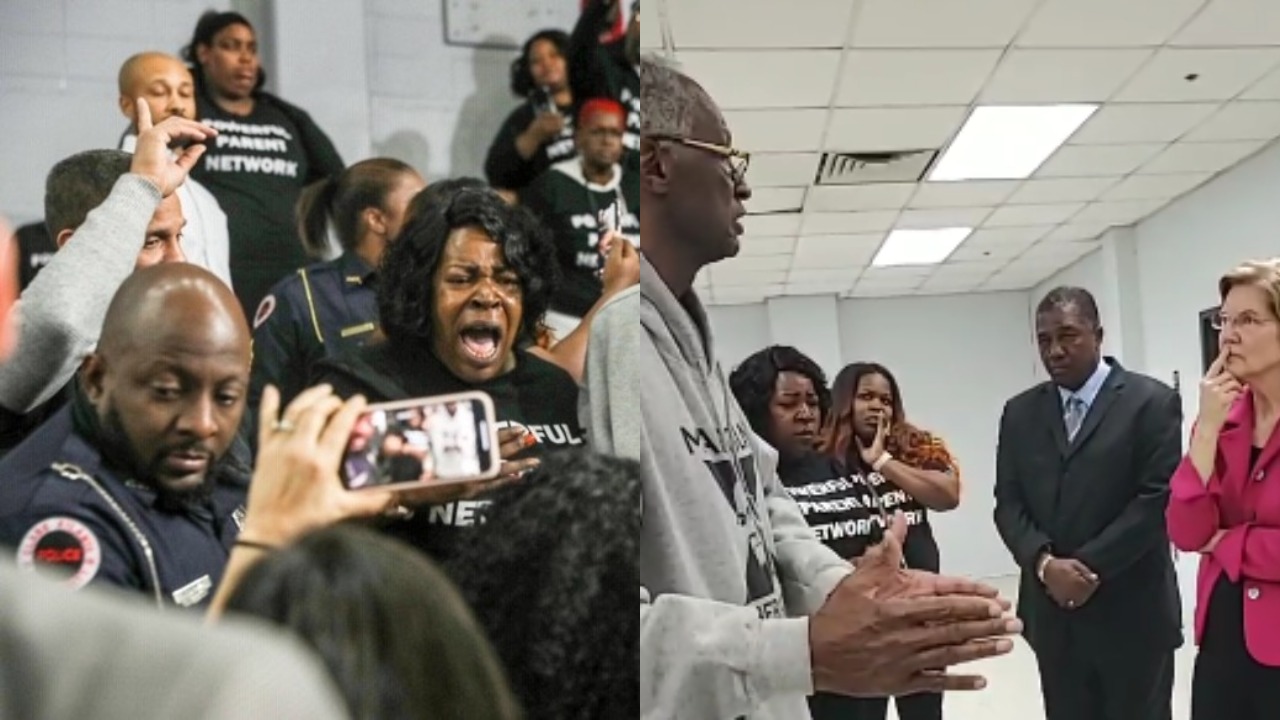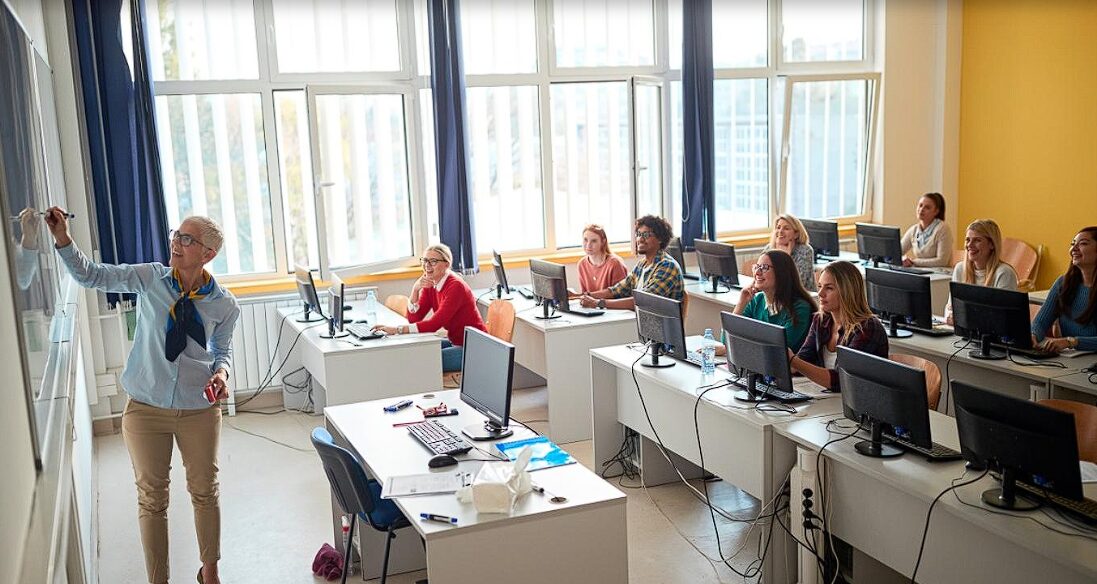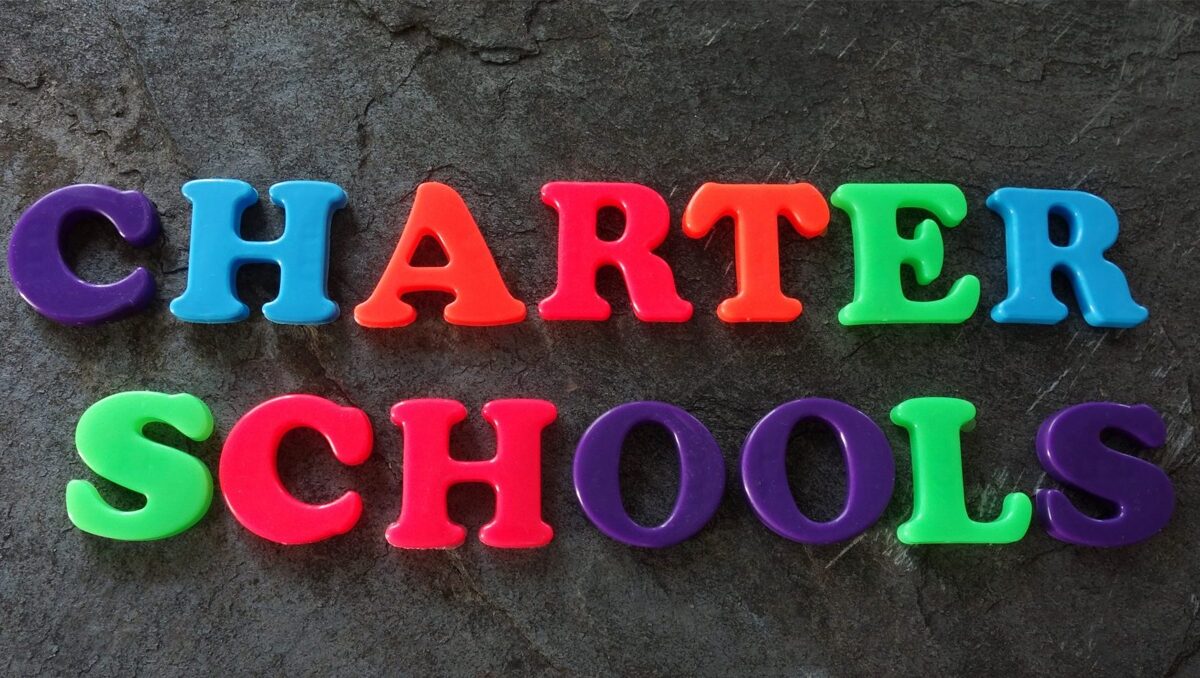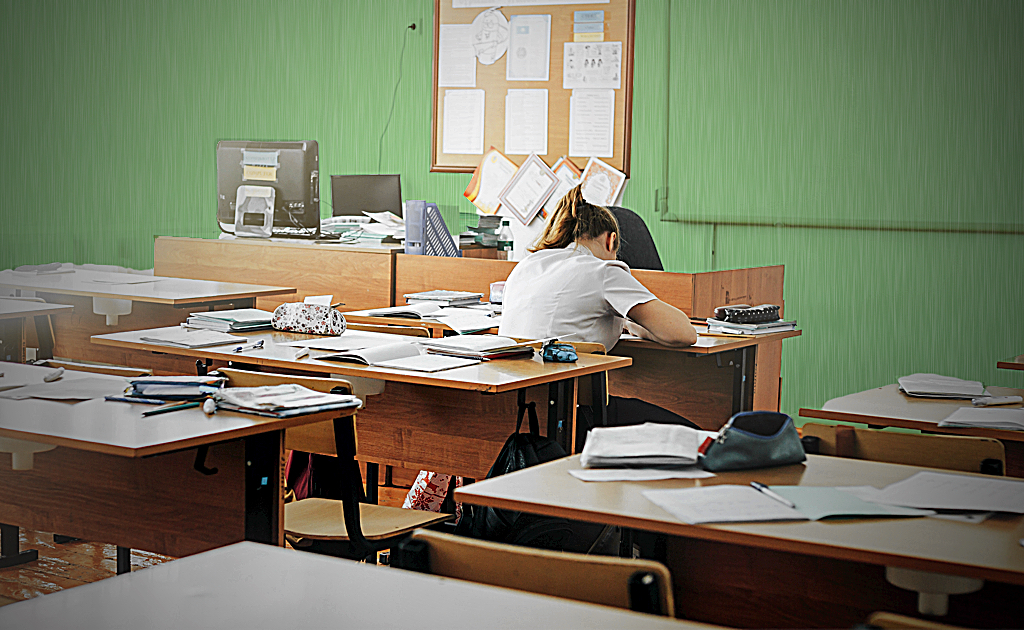
More Than a Million Students Have Left Their Public Schools. Where Are They Going?
Just a glance at student attendance rates confirms what many have suspected for a while now: The pandemic had a profound impact on public school enrollment — and not in a good way.
Across the country, enrollment in public schools declined by over a million students during the 2000-2021 school year. And this year enrollment numbers continue to plummet. Larger public school districts in cities such as Chicago, Los Angeles, and New York have been hit the hardest, as tens of thousands of students have left their school districts for other education options, like microschools, homeschools, private schools, or charter schools.
tens of thousands of students have left their school districts for other education options, like microschools, homeschools, private schools, or charter schools.
Students and families are voting with their feet en masse.
Maybe it’s the continued disruptions to learning in public schools — from poorly-devised remote classes to indoor mask mandates — that have forced many parents to search for schools teaching in person or meeting away from COVID risks.
Or perhaps these pandemic problems were just an occasion for parents to act on frustrations they’ve had for years. Many public schools have been consistently incompetent when it comes to meeting children’s educational needs. Case in point: The recent release of test scores from the National Assessment of Educational Progress shows a continued decline in student test scores — that’s after decades of promises made to parents, especially urban parents, that their local school system would get better.
No matter the reasons parents are pulling their kids from the public school system, it’s clear parents encountering the third year of disrupted learning are fed up. Now more than ever, parents are looking to hold their schools accountable by taking their education dollars elsewhere, by taking an increased role in their child’s education, and by getting involved in the policymaking process.
Now more than ever, parents are looking to hold their schools accountable by taking their education dollars elsewhere, by taking an increased role in their child’s education, and by getting involved in the policymaking process.
For instance, parental support for Education Savings Accounts (ESA) recently polled at an 84% approval rating. Such accounts allow parents to spend funds otherwise earmarked for their child’s public school on education-related expenses, including private education, tutoring, learning materials, and special needs therapies.
The high levels of support for school choice programs like ESAs contributed to the over 20 new educational choice programs created and expanded in nearly as many states in 2021. The multitude of education choice programs being created has allowed potentially over 1.5 million students access to education savings accounts, tax-credit scholarships, and vouchers.
Moreover, the passing of educational choice programs has been vital to increased enrollment in options outside the public school system like homeschooling. In fact, according to a new report from the Bellwether Education Partners, an additional 2.6 million students had their parents become their teachers in some form this past school year — doubling the amount of homeschooled students in the United States to nearly 5 million. And now, thanks to the passing of ESAs, many more homeschooling families have access to increased educational funds so they may have further flexibility tailoring the educational experience to their child’s needs.
Homeschooling is not the only educational option that’s seen an increase in enrollment. Charter schools saw enrollment jump by an additional 250,000 students in the 2020-2021 school year — an increase of over 7% nationwide.
Demand for educational options outside of the public school system has been high and will likely remain high with continued disrupted learning.
Henceforth policymakers should look at these increased numbers in alternative education options and recognize that the demand for more educational choice is not going anywhere.
The time is right to continue passing more school choice legislation so every child — no matter their background — has access to the educational opportunities that work for them.
Indeed, no matter how you look at it, the learning situation in public schools has contributed to the decrease in public school enrollment. While not ideal, our response to this shift can provide a silver lining in the form of school choice.
Increased access to education options has many benefits that can change student lives for the better, including increased rates of perceived safety, parent satisfaction, and academic outcomes. And if parents do not want their children to attend their assigned public school, why should anyone else have the right to stop their students from accessing other educational options that may help them reach their full God-given potential.
Moving forward, providing educational options amid the pandemic’s influence on the mass exodus from public schools must become a priority as American students and families continue to make the most out of a tough situation.


